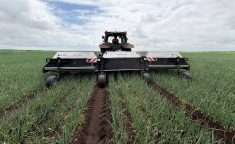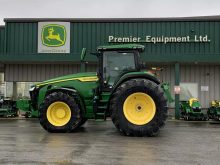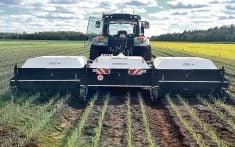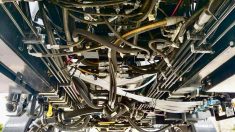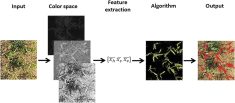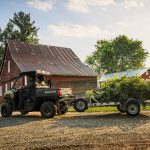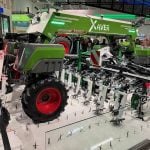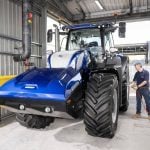Glacier FarmMedia – Under the heading “Perhaps Too Much of a Good Thing,” sprayer expert Tom Wolf says the biggest challenge when selecting the right nozzles for the field sprayer is having too much choice.
“Finding the right nozzle is a bit of a chore simply because there is an overabundance of supply,” says Wolf.
“The fact is that they are all good. Of the half-dozen or so major manufacturers, they all produce good products with similar features. If you are looking for something that is completely better or has some magical feature, you’re probably not going to find it.”
Read Also
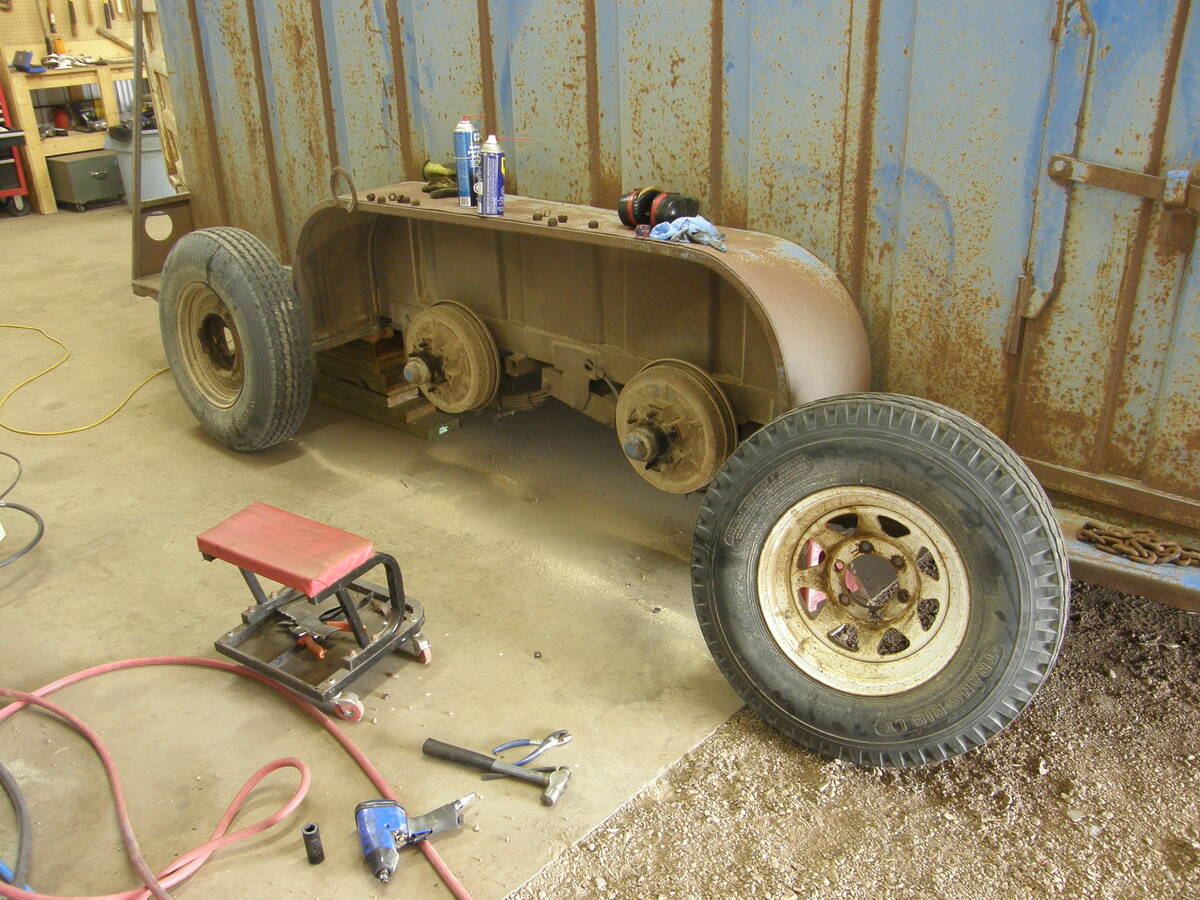
How to overhaul electric trailer brakes
Let’s look at what you’ll find when you pull the wheel hubs off your livestock trailer, and what you need to consider to keep those electrical brakes in good working condition.
Wolf, also known as The Nozzle Guy, is a sprayer expert and scientist at Saskatoon-based Agrimetrix Research and Training. He says there are two important general points to heed when shopping for nozzles: proper droplet size and properly sized nozzles.
First, find a nozzle that will produce the proper droplet size for the product to be applied. In general, a coarser spray will do a good job of applying almost any crop protection product and reduce drift, says Wolf.
“All you need to do is to be able to interpret the manufacturer’s spray table for spray quality,” he says. “For most of the major manufacturers, these tables will be found online.”
The second point is selecting the proper nozzle size.
“This becomes particularly important now with the increased interest in systems with pulse width modulation, generally referred to as PWM,” says Wolf. “PWM is really a new way of metering the liquid flow out of a nozzle.”

PWM uses conventional plumbing — a single boom line and a single nozzle at each location. Liquid flow rate through each nozzle is managed via an intermittent, brief shutoff of the nozzle flow activated by an electric solenoid that replaces the spring-loaded check valve.
Typical systems pulse at 10 hertz (the solenoid shuts off the nozzle 10 times per second) and the duration of the nozzle in the “on” position is called the duty cycle (DC) or pulse width.
If set at 100 per cent DC, that means the nozzle is fully on, and 20 per cent DC means the solenoid is open only 20 per cent of the time, resulting in the nozzle flowing at approximately 20 per cent of its capacity. The ability to control the duty cycle is referred to as pulse width modulation.
The New Holland IntelliSpray, Apache, Case IH AIM Command and John Deere ExactApply are all examples of PWM nozzle systems.
Wolf says about one-third to one-half of his customers now use PWM systems.
“When using it for the first time, it may require a bit of research to figure out how to properly size the nozzle for that system,” he says. “Large is good but you don’t want one that is too large.”
While it may seem complicated, Wolf says it is best to call an expert for advice. Help is readily available “by making a couple of calls” to either a nozzle retailer or a specialist.
Lee Hart is a field editor with Grainews. His article appeared in the December 2021 issue.





